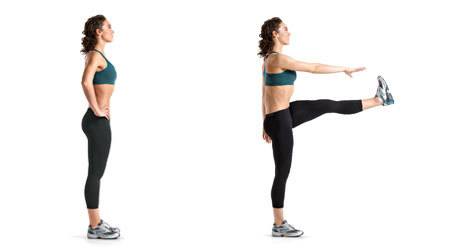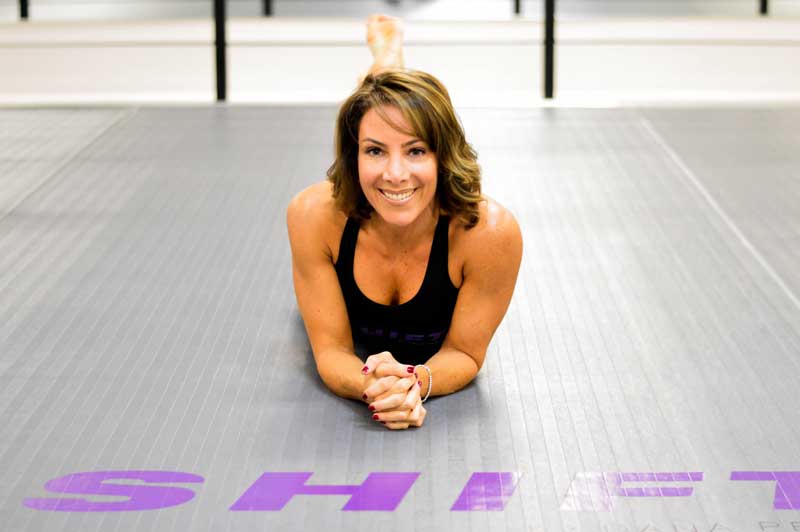Stretching before you exercise or play a sport is a time-honored tradition. Bending over and touching your toes to stretch your hamstrings is as common as doing a dumbbell curl. We’ve always been told to stretch our muscles before we exert ourselves to prevent pulling a muscle.
The type of stretching we’ve grown up with is static stretching. This involves stretching a muscle to near its furthest point and holding that position for several seconds while the muscle elongates. A common static stretch is sitting down with you legs straight and together and bending forward to touch your toes. You bend forward until you feel your hamstrings stretching and you hold it when it’s a little uncomfortable.
Recent research and studies caution people away from static stretching to warm up for exercise. It’s now thought static stretching can impede the body’s performance. Static stretching doesn’t cause long term damage but in the immediate sense it may not provide the result you’re looking for. It may be decreasing the muscle’s strength and exposing you to injury. The joints have less stability and motion control and you’re more susceptible to a muscle strain or pull.
Dynamic stretching has been shown to significantly improve a muscle’s ability to produce force which can improve performance. Improving performance through the entire range-of-motion of a muscle protects the body’s joints during exercise and can prevent injuries that may have occurred during static stretching.
What is dynamic stretching?
With static stretching the body isn’t moving. With dynamic stretching the body is moving. It uses gentle, controlled movements of major muscle groups to gradually increase your range-of-motion with each successive repetition. It’s about moving and warming up the body while you’re stretching.
A good example is lunging. With lunges you’re taking a large step forward and lowering our body until your front thigh is parallel to the ground and your rear knee is bent 90 degrees. It engages the legs, hips and core muscles through a full range of motion. The muscles are elongated and stretched through a series of repetitions while the body parts work together.
There are many dynamic movements you can use. Some are high knees, front kicks, back kicks, hip circles, squats, lunges, arm circles, leg swings, spider-man stretch, and inchworm walks. The elliptical machine and stationary biking can be included as well.
A key point in understanding static versus dynamic stretching is understanding why you’re doing it. If your goal is to warm up for a workout then dynamic stretching is your best exercise. If you want to improve your flexibility and engage in flexibility training then use static stretching.


